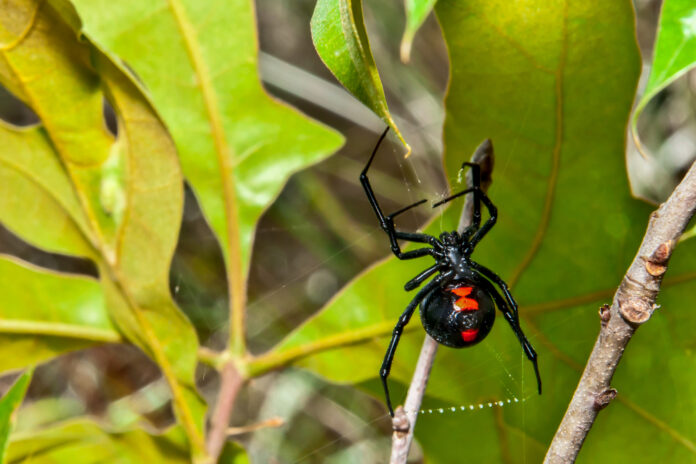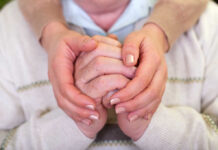
Black widow spiders are considered one of the most dangerous types of spiders to be bitten by. They can be found in southern Canada and throughout the United States and Mexico.
It’s important to identify a black widow, the symptoms of a black widow bite, and how to treat a black widow bite.
How to identify a black widow spider
There are two types of black widows in the United States: the northern black widow and the southern black widow.
The northern black widow has a row of red, yellow, or white dots in the middle of the upside of its abdomen and two crossing bars on its underside. Northern black widows can be brown or have red legs despite their names.
The southern black widow has a globe-shaped abdomen that is shiny and black. It also has a red, orange, or yellow shape (usually an hourglass) on the underside of its abdomen.
Black widows are usually half an inch to an inch-and-a-half long.
Black widows are active at night and make low-lying webs in places like garages, barbecue grills, woodpiles, and near swimming pools. You are more likely to be bitten between October and April in rural or suburban areas. They usually bite if you disturb their web.
Female black widows are considered more dangerous than male black widows because females deliver more venom when they bite. If a baby, child, or older adult is bitten, they are more likely to suffer serious symptoms, and these bites can even be fatal.
Symptoms of a black widow bite
The symptoms related to most black widow bites are relatively mild. They consist of swelling and redness around the bite, mild to sharp pain, and one or two fang marks that look like tiny red spots.
More serious symptoms include seizures, extremely high blood pressure, and seizures. Other symptoms of serious bites are severe back, belly, or chest pain and either restlessness, shock, or stupor. You may experience muscle cramps and spasms around the bite that then spreads to other areas and gets more intense. Flu-like symptoms such as chills, sweating, fever, nausea, vomiting, and headache are also possible.
How to treat a black widow bite
If you suspect you have been bitten by a black widow, you should kill and capture the spider. Seek immediate medical care and take the spider with you for it to be properly identified.
Stay calm. Moving too much or getting very stressed will stimulate the flow of the venom in your blood.
Put ice or a cold pack on the bite to prevent and reduce swelling and numb pain.
Take immediate action if you believe you have been bitten by a black widow. Examine the spider once it is safe to do so (once you kill or capture it) to examine the markings on it. Pay attention to the symptoms you experience after being bitten.


















